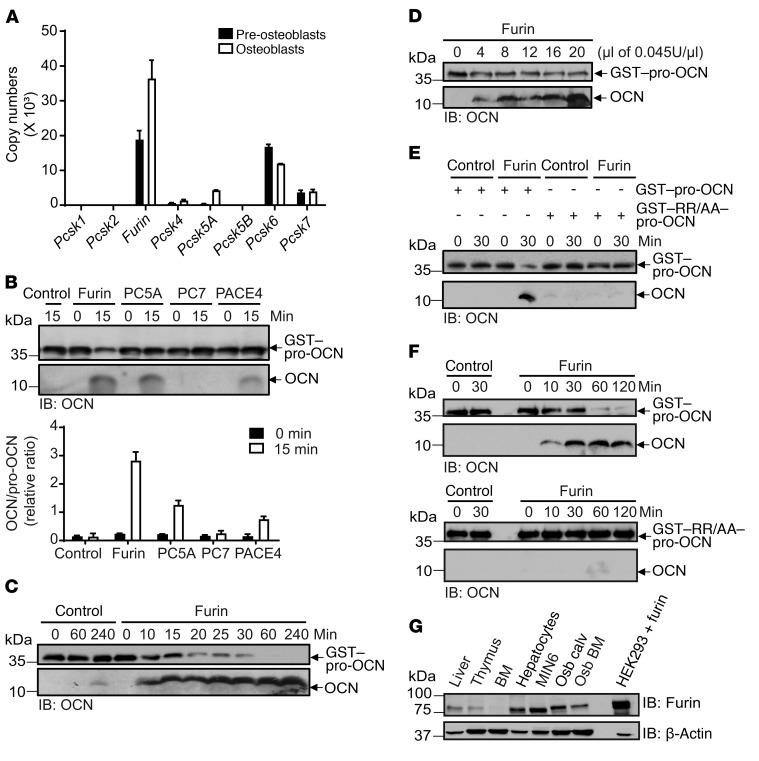Figure 2. Furin cleaves pro-OCN in vitro.
(A) Relative mRNA expression levels of kexin-like PCs in mouse nondifferentiated and differentiated osteoblasts analyzed by qPCR. Copy numbers were calculated from a standard curve prepared from mouse genomic DNA, and samples were normalized using Actb as a reference gene (n = 3). (B) In vitro processing assay of GST–pro-OCN incubated for 0 or 15 minutes with equal numbers of enzymatic units of furin, PC5A, PC7, and PACE4; released OCN was assessed by Western blotting, and the relative ratio of OCN/GST–pro-OCN from 3 independent experiments was quantified (graph). (C) Time course for processing of GST–pro-OCN by furin, as assessed by Western blotting. (D) In vitro processing assay of GST–pro-OCN with increasing amounts of furin for 60 minutes, as assessed by Western blotting. (E and F) In vitro processing assay of GST–pro-OCN and the R48A/R49A OCN mutant (GST-RR/AA–pro-OCN) by furin for 30 minutes (E) or for various incubation durations (F), as assessed by Western blotting. In B–F, GST-OCN and mature OCN proteins are shown as separate Western blot exposures due to the reduced transfer efficiency of mature OCN (5 kDa) compared with that of GST–pro-OCN (36 kDa). (G) Western blot analyses of furin protein expression in the indicated tissues and cell lines. Osb calv, calvaria-derived osteoblasts; Osb BM, bone marrow–derived osteoblasts; HEK293 + furin, HEK293 cells transfected with human full-length Furin cDNA. Results represent the mean ± SEM.

